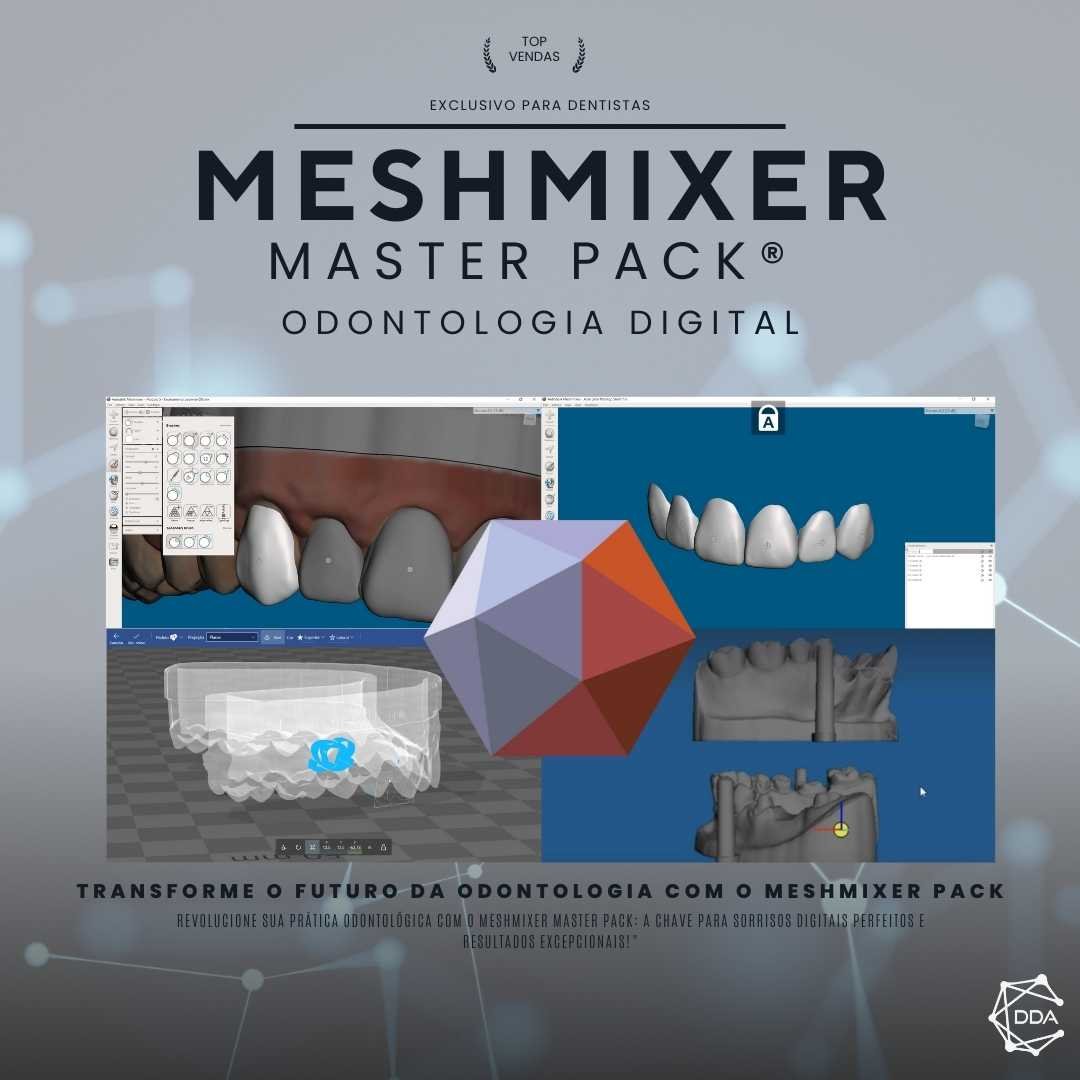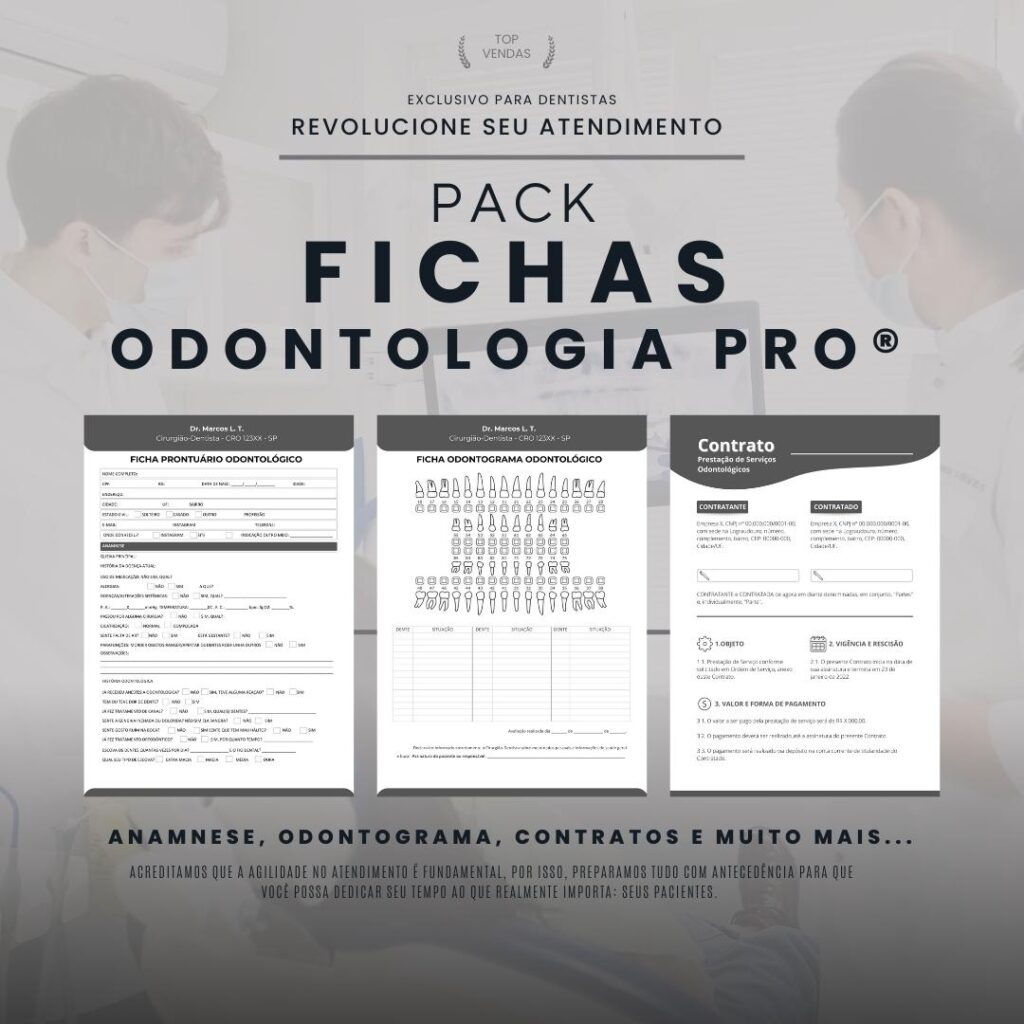What is Orthodontic Activation?
Orthodontic activation is a procedure performed by orthodontists to promote tooth movement and correct malocclusion. It is an essential step in orthodontic treatment, aiming to align teeth and improve the patient's chewing function and aesthetics.
How does Orthodontic Activation work?
Orthodontic activation involves using orthodontic appliances, such as brackets, wires, and elastics, to apply controlled forces to the teeth. These forces stimulate bone remodeling around the teeth, allowing them to move into the correct position over time.
What are the types of Orthodontic Activation?
There are different types of orthodontic activation, depending on the type of appliance used and the treatment goal. Some of the most common types include:
1. Activation with fixed device
Fixed braces are the most traditional and widely used orthodontic method. It involves bonding brackets to the teeth and threading wires through them. The orthodontist regularly adjusts the wires to apply the force needed to move the teeth.
2. Activation with removable device
Removable appliance activation is a more flexible and aesthetic option for some patients. These appliances are custom-made and can be removed by the patient to eat and brush their teeth. However, they require discipline from the patient to use correctly and achieve the desired results.
3. Activation with clear aligners
Clear aligners are a modern and aesthetic option for orthodontic activation. They are made of clear plastic and are virtually invisible when worn. The aligners are changed every two weeks to accommodate tooth movement.
What are the benefits of Orthodontic Activation?
Orthodontic activation offers a number of benefits to patients, including:
1. Correction of malocclusion problems
Orthodontic activation is effective in correcting malocclusion problems, such as crooked, crowded, or misaligned teeth. This improves chewing function and the aesthetics of the smile.
2. Improved oral health
Aligning your teeth correctly makes oral hygiene easier, reducing the buildup of plaque and the risk of cavities and gum disease.
3. Improved self-confidence
A beautiful, aligned smile can increase a patient's self-confidence and self-esteem, improving their quality of life and personal and professional relationships.
How long does Orthodontic Activation treatment last?
The duration of orthodontic activation treatment varies depending on the severity of the malocclusion and the patient's individual response to treatment. On average, treatment can last from 1 to 3 years.
Is it necessary to wear a retainer after Orthodontic Activation?
Yes, after orthodontic treatment, retainers are required to keep your teeth in the correct position. This can be achieved with removable appliances or fixed wires behind your teeth.
Conclusion
Orthodontic activation is a fundamental procedure for correcting malocclusion problems and achieving a beautiful, healthy smile. With the help of a qualified orthodontist, it is possible to achieve satisfactory results and improve the patient's quality of life. Therefore, if you have any malocclusion problems, consult an orthodontist to assess the need for orthodontic activation.


